10 Best Adventures of 1934
By:
June 15, 2019
Eighty-five years ago, the following 10 adventures — selected from my Best Nineteen-Thirties (1934–1943) Adventure list — were first serialized or published in book form. They’re my favorite adventures published that year.
Please let me know if I’ve missed any adventures from this year that you particularly admire. Enjoy!
- James M. Cain‘s crime adventure The Postman Always Rings Twice. When Frank Chambers, a small-time con man looking to go straight, winds up stranded outside of Los Angeles, he accepts a job pumping gas and washing dishes at a roadside filling station and tavern. The proprietor, Nick, is an older Greek immigrant; Nick’s wife, Cora, is young and disturbingly sexy. As with Walter and Phyllis in Cain’s Double Indemnity (1943), Frank and Cora are a volatile admixture. Alone, neither of them would have contemplated murdering Nick; together, though, they become a murderous duo. Their affair is a torrid one: “Her eye was all black, and her breasts weren’t drawn up and pointing up at me, but soft, and spread out in two big pink splotches. She looked like the great grandmother of every whore in the world.” Frank wants Cora to run away with him, but she knows she’ll just end up working in another greasy spoon. When Nick winds up dead, the local prosecutor suspects that something’s fishy, and turns Frank and Cora against one another; however, a clever attorney gets Cora a suspended sentence. Will they live happily ever after? Fun facts: Writing for HILOBROW, Luc Sante opined: “Cain, who wrote about crime without being a crime writer, was instead a kind of sawed-off Zola, a stranger to mystery.” The best movie adaptation of Postman is neither Bob Rafelson’s 1981 version (Jack Nicholson and Jessica Lange), nor Tay Garnett’s well-known 1946 film noir (Lana Turner and John Garfield), but — according to Sante — Luchino Visconti’s unauthorized Ossessione (1943). The novel was banned in Boston.
- Milton Caniff‘s picaresque adventure comic strip Terry and the Pirates (1934–1946). Terry Lee, a bright-eyed teenager, and his mentor, the handsome but hot-tempered writer and adventurer Pat Ryan, arrive in China in search of a lost gold mine. Connie, a buck-toothed, pidgin English-spouting comical character, becomes their interpreter and guide as they tangle with pirates, warlords, and other villains such as Papa Pyzon, Captain Judas, Klang, and the cold-hearted but beautiful Dragon Lady. This stereotypical fantasy, whose premise was lifted directly from Caniff’s previous strip, Dickie Dare, improved after the first year or so once the artist, who shared a New York studio with Noel Sickles (creator of the Scorchy Smith strip), learned from Sickles the art of chiaroscuro — emphasizing drama and atmosphere through dark and light contrasts. Pacing his plots like the adventure serials which ran in movie theaters, and conducting meticulous research into Chinese current events, Caniff gave us one of the greatest adventure strips of all time. In 1937, when a dispute between Japanese and Chinese troops escalated into the battle that marked the beginning of World War II, Caniff turned the Dragon Lady into a freedom fighter; once the United States joined the war, Ryan joined the Navy. Terry, meanwhile, unlike other comic-strip kids, grew older and more mature until he was the strip’s hero. Terry and the Pirates was a massively popular success, thanks in no small part to Caniff’s strong, sultry female characters, including the blonde con artist Burma. Fun facts: Terry and the Pirates influenced everyone from Hugo Pratt and Jack Kirby to Mike Mignola and Frank Miller; Caniff has been called “the Rembrandt of the comic strip.” A radio serial based on the comic was broadcast three days a week by NBC between 1937 and 1939, and again in 1941–1942 and 1943–1948. Seeking creative control of his own work, Caniff left the strip in 1946, and started Steve Canyon, which was published until the author’s death in 1988.
- C.L. Moore’s Jirel of Joiry fantasy adventure stories (serialized 1934–1939). C.L. Moore’s five Jirel of Joiry stories appeared in Weird Tales during the Golden Age of Fantasy. We first meet the redheaded Jirel, an arrogant, passionate, indomitable adventurer, late in her career, after she’s become ruler of Joiry, a version of Dark Ages France. In “Black God’s Kiss” (“the weirdest story ever told,” according to the magazine’s cover blurb), Castle Joiry has been captured by Guillaume, a handsome fellow who forces his attentions on Jirel; she escapes into a Hieronymus Bosch-esque realm where she encounters squishy, slavering things, blind horses, and other nightmarish horrors before returning home armed against Guillaume with the madness-inducing kiss of the titular god. (“Black God’s Shadow” involves a mission of mercy, where she must battle the Black God for Guillaume’s soul.) In “Jirel Meets Magic,” our heroine is imprisoned in a chamber with many doors, each of which opens onto a different alien landscape; in “The Dark Land,” Jirel is required to pay the price for having traveled too often in other dimensions; and “Hellsgarde” is a kind of treasure-hunt uncannily reminiscent of Christopher Nolan’s Inception. There is some action in these yarns, but they’re mostly about atmosphere: As Adam McGovern puts it, “Moore’s style is a ballad-slam of hypersensory description, serpentine in high-frequency alliteration and assonance, propelling of the narrative while saturating in the impressions of how it all feels.” Fun facts: Readers at the time didn’t realize that Moore was a woman; in fact, she was among the first women to write in the science fiction and fantasy genres. One such reader was sci-fi author Henry Kuttner, who ended up co-authoring the 1937 story “Quest of the Starstone” with her — a crossover featuring Jirel and the heroes of Moore’s sci-fi Weird Tales series, Northwest Smith. Moore and Kuttner married in 1940.
- Hergé‘s Tintin adventure Le Lotus bleu (The Blue Lotus, serialized 1934–1935; in album form, 1936). In the midst of the Japanese invasion and occupation of Manchuria, Tintin is invited to China; there, he reveals the machinations of Japanese spies and uncovers a drug-smuggling ring. Although The Blue Lotus picks up where Cigars of the Pharaoh (1932–1934) left off (at the palace of the Maharaja of Gaipajama in India), this installment in the Tintin series represents a remarkable evolution. Hergé had become friendly with a Chinese student, Zhang Chongren; the young Chinese boy who meets and befriends Tintin, Chang Chong-Chen, is a symbol of Hergé’s affection for Zhang. In contrast with the exoticizing, satirical Tintin in the Land of the Soviets, Tintin in the Congo, and Tintin in America, in The Blue Lotus Hergé strives to represent a foreign culture accurately and sympathetically. Common European misconceptions about China are mocked; the actions of the Japanese invaders are criticized; Tintin is appalled by the boorish behavior of his fellow Europeans; and the real heroes of the book are a secret society devoted to combating the opium trade. Rastapopoulos gets his comeuppance, here; and we first meet J.M. Dawson, the corrupt British Chief of Police of the Shanghai International Settlement, who’ll later turn up in The Red Sea Sharks as an arms merchant. Fun facts: Serialized from August 1934 to October 1935, in Le Petit Vingtième. China’s Chiang Kai-shek was a fan! So was John Steed, the British secret agent protagonist of The Avengers TV show, who can be seen reading it in a 1968 episode.
- E.E. “Doc” Smith’s Triplanetary (serialized 1934, in Amazing Stories; as a book, 1948). As two super-races battle for control of the universe, a backward planet in a remote galaxy has become their battleground. One race, the Eddorians, influences Earthlings to fail; but the Arisians influence Earthlings to transcend their limitations. (The battle has been going on for millennia: for example, it led to the sinking of Atlantis. Jack Kirby’s epic concept — in The Eternals — about the genetic experimentations of the alien Celestials, using Earth as a laboratory — owes a large debt to Smith.) After World War III, the Arisian influence begins to predominate; humankind explores space, and forms a Triplanetary League: Venus, Earth, and Mars. Against this cosmic backdrop, we follow the adventures of secret agent Conway Costigan and the beautiful and heroic Clio Marsden, who are captured by amphibian aliens — an advance patrol looking to harvest Earth’s iron ore. We also learn that the Arisians have been supervising two bloodlines, culminating in the superheroic Kim Kinninson and Clarissa MacDougall; their children, we’ll discover in Smith’s Lensman series, become humankind’s protectors. Bespite the pulpiness of the writing, Triplanetary is worth a read. Without it, no Star Wars, no Dune. Fun facts: After the original four novels of the Lensman series (Galactic Patrol, Gray Lensman, Second Stage Lensmen, Children of the Lens) were published (1937–1948), Smith expanded and reworked Triplanetary as a series prequel. While writing these books, Smith worked full-time as a food scientist — for a doughnut company.
- Alex Raymond’s sci-fi adventure comic strip Flash Gordon (1934–1943). When Earth is threatened by a collision with the rogue planet Mongo, the brilliant, half-mad Dr. Zarkov builds a rocket ship, kidnaps polo player Flash Gordon and the beautiful Dale Arden, and heads out into space. The backstory of this popular Sunday newspaper strip was lifted from the 1932 sci-fi novel When Worlds Collide; everything else — the adventures of Flash and Dale among the various kingdoms (forest, jungle, undersea, ice, flying) and humanoid species of Mongo, warlord Ming the Merciless’s obsession with Dale and his daughter Princess Aura’s infatuation with Flash, and various tyrants and fascists, is pure pulp. What sets Flash Gordon apart is Raymond’s rich, sensual, dimensionalized artwork — inspired by magazine illustration. Raymond stopped using speech balloons, reduced the number of panels in each strip while increasing their size, worked from models striking heroic and romantic poses, and indulged in elaborate shading… he was the Howard Pyle or N.C. Wyeth of newspaper cartooning. Jack Kirby, Russ Manning, and others were fans; the look of costumed heroes to follow, including Batman and Superman, were directly inspired by Flash Gordon. Raymond’s work, on this strip and the spy adventure Secret Agent X-9, remains a pleasure to peruse. Fun facts: Flash Gordon was featured in three serial films starring Buster Crabbe: Flash Gordon (1936), Flash Gordon’s Trip to Mars (1938), and Flash Gordon Conquers the Universe (1940); it wasn’t until George Lucas failed to acquire the movie rights to the character (from Dino De Laurentiis) that he created Star Wars instead. The 1980 Flash Gordon movie is silly fun.
* 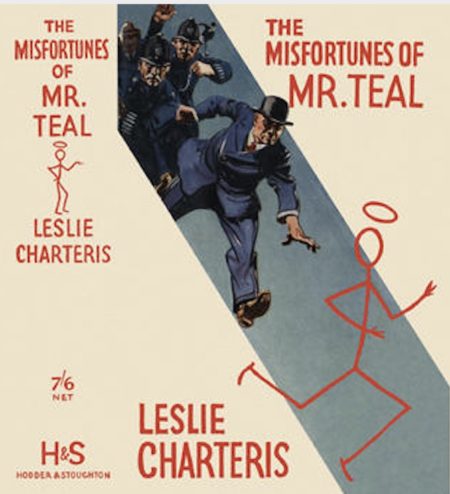
- Leslie Charteris’s Simon Templar adventure The Misfortunes of Mr. Teal (The Saint in England, 1934). The Saint’s twelfth outing remains one of my favorites — it’s a transition point between the super-British early stories, and the later, more Americanized action hero the Saint would become. In fact, as “The Simon Templar Foundation,” the first of three novellas collected here, recounts, Templar has just returned from America — with Bronx sidekick Hoppy Uniatz in tow. On his deathbed, Rayt Marius, the WWI-era arms dealer whom the Saint had vanquished in The Last Hero (1929), plays one last dirty trick: He sends information to the Saint about the criminal and treasonous wartime activities of prominent English industrialists, officials, and eminent politicians… but also tells these men what he’s done, to encourage them to kill Templar before he can blackmail and otherwise ruin them. Uniatz is a terrific character — simultaneously menacing and comical, the closest I’ve seen to a template for Stan Lee’s Ben Grimm. The other two novellas, here, are strongly reminiscent of late Tarzan stories: In “The Higher Finance,” Templar finds himself in the midst of a bizarre case of impersonation and accidental death, and in “The Art of Alibi,” a madman impersonates the Saint and frames him for murder and robbery. This latter story is the most over-the-top part of this collection, and it ends with a thrilling — for the time — aerial dogfight. The titular Mr. Teal is, of course, the Saint’s foil: a Scotland Yard man. Fun facts: Republished under two titles: The Saint in England and The Saint in London.
- Rex Stout’s Nero Wolfe/Archie Goodwin crime adventure Fer-de-Lance. “Where’s the beer?” These are the first words uttered by Stout’s armchair sleuth Nero Wolfe. He’s a hothouse flower: a foreign-born, morbidly obese, bibulous, long-winded idler and bookworm who rarely leaves his brownstone on New York’s West 35th Street. His amanuensis, Archie Goodwin, a dapper, muscular, streetwise American private eye and mnemonist, acts as Wolfe’s eyes and ears — bringing back crime-scene details, and the occasional unwilling suspect, to the brownstone; he’s also the narrator of these stories. (This duo is Stout’s dramatization, perhaps, of the complementarity of Highbrow and Lowbrow dispositions.) In this, Wolfe’s first recorded case, he’s asked to look into the disappearance of a metal artisan who has disappeared on the eve of his return home to Italy… which, it turns out, may have something to do with the death of a college president while playing golf in the countryside outside New York. Wolfe susses out the situation quickly… then engages in a battle of wits with the killer, setting a trap while seeking to avoid being killed himself. (Note that a fer-de-lance is a poisonous South American snake.) The story is marred by casual racism, and a bit too much denouement after the murderer’s identity is revealed, but it’s revelatory to encounter the now legendary detective for the first time. Fun facts: The novel appeared in abridged form in The American Magazine in 1934; and it was adapted as a 1936 movie, Meet Nero Wolfe, starring the corpulent character actor Edward Arnold. Before his death in 1975, Stout would write 33 novels and 39 novellas and short stories about Wolfe and Goodwin.
- Jack Williamson’s The Legion of Space (serialized 1934, in six parts; in book form, 1947) Building on the space opera conventions established by E.E. “Doc” Smith, Williamson gives us more of the same pulp fare — though with better characterizations. His protagonist, Giles “The Ghost” Habibula, is a former master criminal (of mixed English/Arabic descent, one presumes) who joins with two other outer-space adventurers, Jay Kala and Hal Samdu, to battle the Medusae, a Cthulhu-esque alien race which aims to destroy humankind and inhabit our solar system. Habibula, Kala, and Samdu are members of a military/police force who’ve maintained order and peace among the solar system’s inhabited planets ever since the downfall of the tyrannical Purple Hall empire. However, the Medusae have joined forces with Purple Hall pretenders seeking a return to power. Fortunately, one of the Purples, John Ulnar, switches sides — and becomes a D’Artagnan to Habibula, Kala, and Samdu. Silly stuff, but it paved the way for everything from the Green Lantern Corps to Iain M. Banks’s Culture. Fun fact: Other titles in the Legion of Space series: The Cometeers (serialized 1936), One Against the Legion (serialized 1939), and The Queen of the Legion (1983!).
- LeRoy W. Snell’s Stories of the Northwest frontier adventure The Lead Disk. A classic boy’s adventure book of the period — by which I mean thrilling and stirring, and simultaneously two-dimensional and predictable. I’ve read it half a dozen times, since my father handed it along to me — it was one of his favorites, when he was a boy. Tom Haley is a college man who leaves school in disgrace… he’s taken the fall for misbehavior by his older brother Steve, star quarterback and thoughtless jerk. Heading to Alberta, where his uncle is an officer in the Royal Canadian Northwest Mounted Police, Tom stumbles upon a criminal conspiracy known as the Lead Disk. He’s befriended by Luke, a young cowboy from Montana, who’s also left home in disgrace, and the two tangle with highwaymen en route to the Mounties’ remote post… where Tom is rejected, by his uncle, who urges the young emigré to test his mettle in the wilderness before applying to the Mounties. Tom and Luke set up shop as fur trappers — there’s a pleasing Robinsonade aspect to the story — before discovering gold underneath their cabin, which leads them back into trouble with the Lead Disk. There’s a friendly Indian, a preternaturally intelligent wolf-dog, a hidden criminal hideout, and a beautiful Canadian girl, in the mix. Fun facts: Additional installments in the Northwest Stories series (published by Cupples & Leon, who also cranked out The Bomba Books, Champion Sports Stories, Sorak Jungle Series,Top Notch Detective Stories, and The Baseball Joe Series) include: Shadow Patrol, The Wolf Cry, The Spirit of the North, and The Challenge of the Yukon.
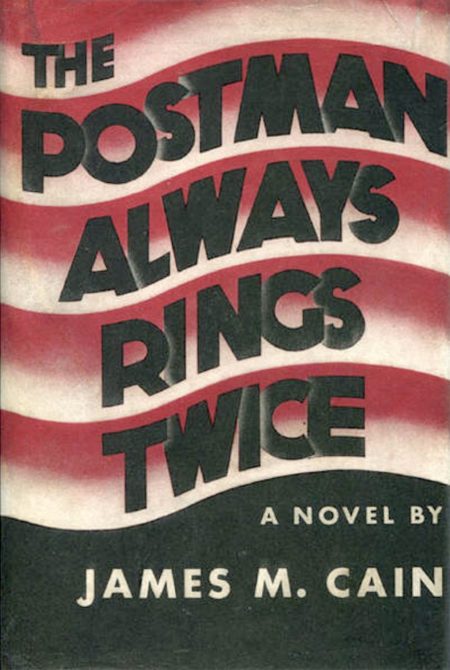
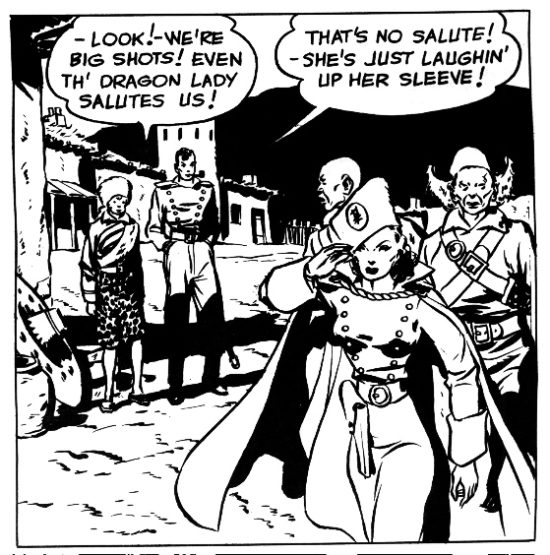
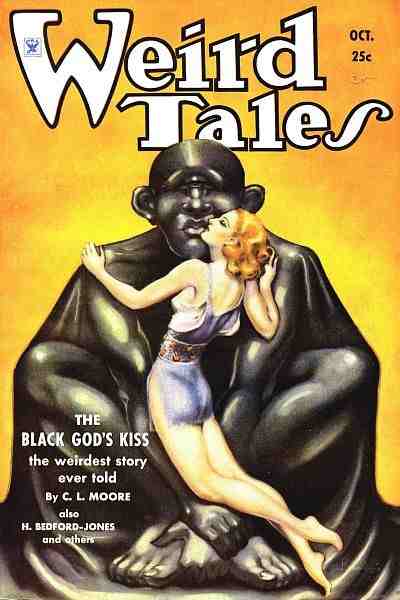
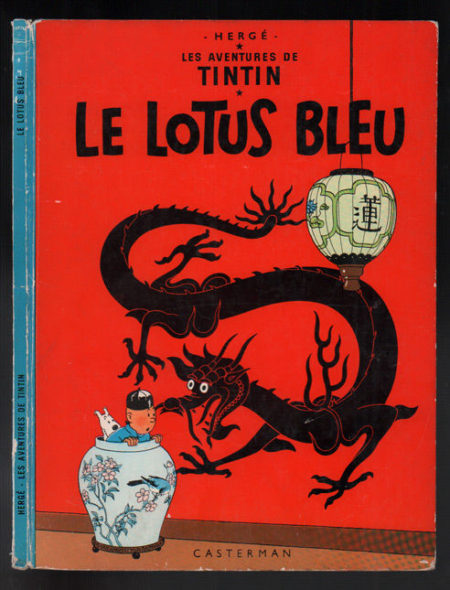
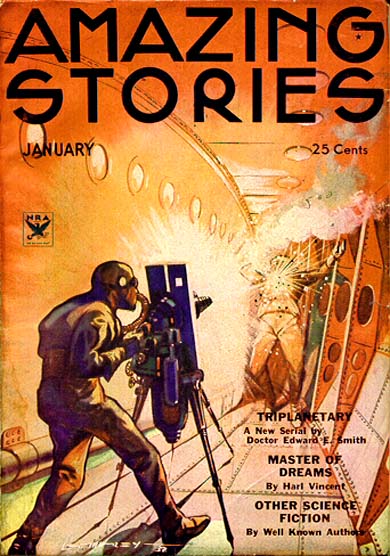
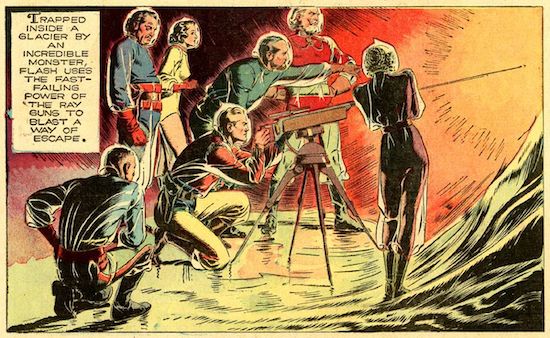
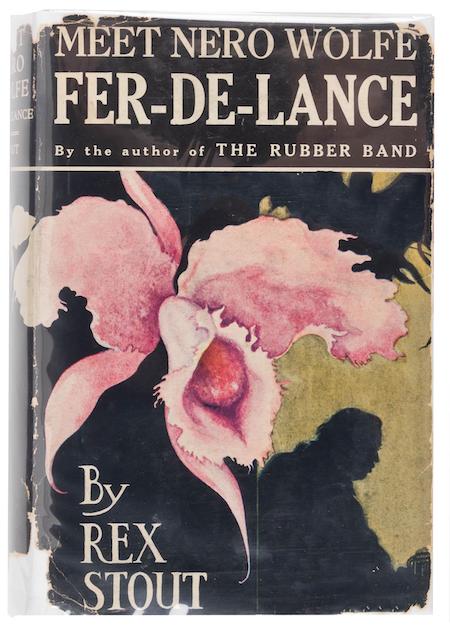
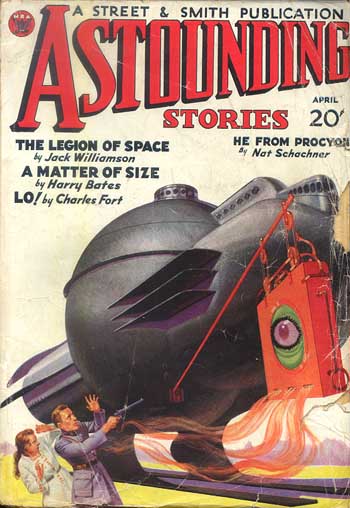
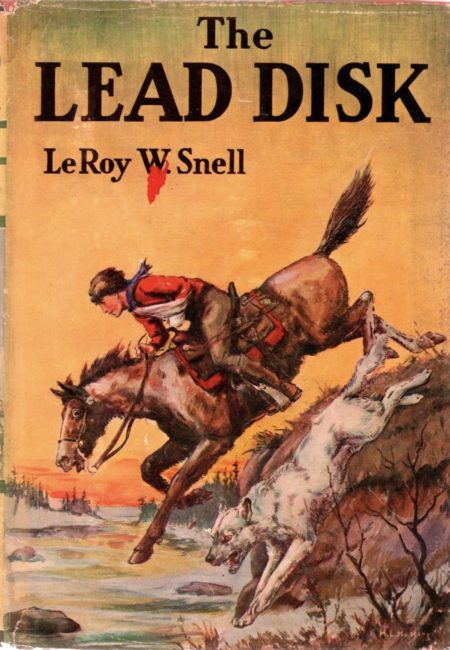
JOSH GLENN’S *BEST ADVENTURES* LISTS: BEST 250 ADVENTURES OF THE 20TH CENTURY | 100 BEST OUGHTS ADVENTURES | 100 BEST RADIUM AGE (PROTO-)SCI-FI ADVENTURES | 100 BEST TEENS ADVENTURES | 100 BEST TWENTIES ADVENTURES | 100 BEST THIRTIES ADVENTURES | 75 BEST GOLDEN AGE SCI-FI ADVENTURES | 100 BEST FORTIES ADVENTURES | 100 BEST FIFTIES ADVENTURES | 100 BEST SIXTIES ADVENTURES | 75 BEST NEW WAVE SCI FI ADVENTURES | 100 BEST SEVENTIES ADVENTURES | 100 BEST EIGHTIES ADVENTURES | 75 BEST DIAMOND AGE SCI-FI ADVENTURES | 100 BEST NINETIES ADVENTURES (in progress) | 1994 | 1995 | 1996 | 1997 | 1998 | 1999 | 2000 | 2001 | 2002 | 2003 | NOTES ON 21st-CENTURY ADVENTURES.
